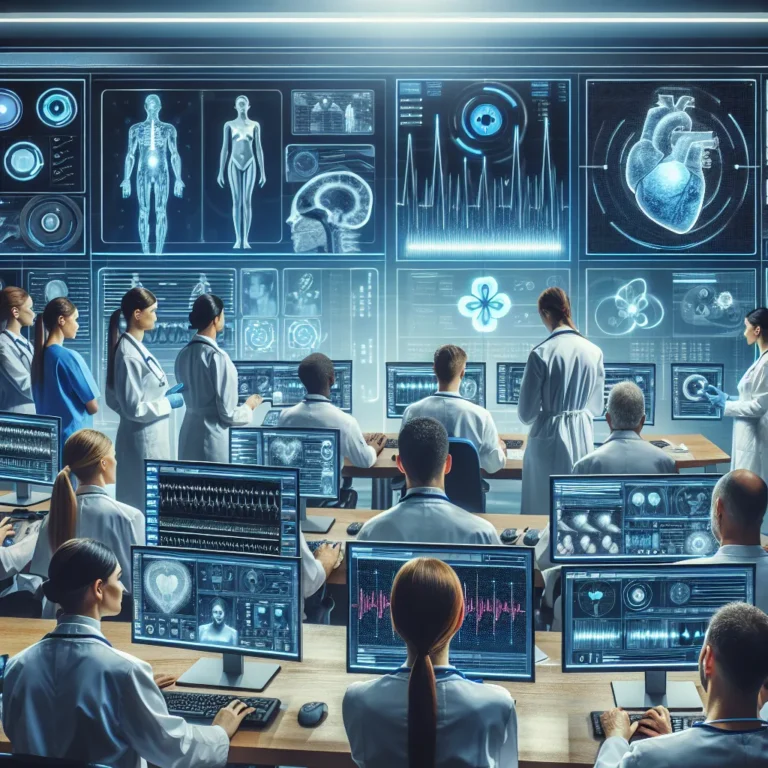
This comprehensive article delves into the significance of mental strength in technical climbing, emphasizing the pivotal role it plays in a climber's success. It highlights the importance of managing fear, staying resilient in the face of challenges, and maintaining focus as key components of mental strength. The article outlines various techniques, such as deep breathing, visualization, and positive self-talk, that climbers can employ to control fear and anxiety and enhance their mental fortitude. Furthermore, it stresses the adaptability and problem-solving mindset that resilient climbers exhibit, along with the necessity of staying focused and present during climbs. Additionally, the second part of the article delves into overcoming fear and building confidence, emphasizing mental preparation, visualization, progressive exposure, positive self-talk, and goal-setting as crucial strategies for climbers to develop the requisite mental resilience. In conclusion, the article persuasively advocates for the crucial role of mental strength in technical climbing, enticing readers to delve into the full piece to gain a comprehensive understanding of this vital aspect of climbing performance.

The article discusses the significance of strategic sensor placement in maximizing data accuracy and improving data collection efficiency. It emphasizes the crucial role of strategic sensor deployment in ensuring comprehensive and highly accurate data collection, which is essential for valuable insights and informed decision-making. By carefully identifying key areas for sensor placement and addressing potential sources of interference, organizations can minimize redundant data collection and maximize critical data coverage. Moreover, strategic sensor placement enables the mitigation of issues such as signal degradation and environmental influences, thereby significantly improving the reliability of collected data. The article highlights that optimized sensor positioning contributes to cost-effectiveness, enhances the information quality for decision-making processes, and plays a crucial role in various fields, such as environmental monitoring, industrial applications, and smart infrastructure. Readers will gain valuable insights into the benefits of strategic sensor placement and its impact on data collection systems, making it an essential read for understanding the importance of optimal sensor positioning.

The article "Infrared Sensors: Revolutionizing Remote Sensing" explores the profound impact of infrared sensors on remote sensing applications across various industries. By detecting and measuring infrared light emitted by objects, these sensors enable non-intrusive and precise monitoring of temperature variations, motion detection, and gas analysis, significantly enhancing efficiency and accuracy in fields such as environmental monitoring, industrial automation, and medical diagnostics. Furthermore, the integration of infrared sensors in unmanned aerial vehicles and satellites has expanded our capacity for environmental surveillance and disaster response, contributing to a deeper understanding of the Earth's ecosystems. The article emphasizes the pivotal role of infrared sensors in shaping the future of remote sensing and expanding our knowledge of the world around us, making it a must-read for anyone interested in the latest advancements in sensor technology.

The article "Revolutionizing Healthcare: The Impact of Advanced Sensing Technologies" explores the transformative role of advanced sensing technologies in the healthcare industry, emphasizing the benefits of wearable devices, biosensors, and remote monitoring systems. It highlights how these innovations enable real-time monitoring, early detection of health issues, and proactive intervention, ultimately empowering individuals to take control of their health. The integration of data analytics and artificial intelligence with sensing technologies has revolutionized healthcare delivery, enabling personalized medicine and improved patient outcomes. Furthermore, the article touches upon the future of medical sensing, discussing the potential of wearables, implantable sensors, AI, and non-invasive monitoring in driving further advancements in healthcare. Overall, it provides a comprehensive overview of the monumental impact and promising future of advanced sensing technologies in healthcare, making a compelling case for readers to delve into the full article.

The article discusses the ethical considerations of covert observation in modern society, highlighting the blurred line between privacy and insight due to advancing technology. It emphasizes the invasion of privacy as a key concern, particularly in an era where surveillance technology is prevalent and individuals constantly feel their privacy is under threat. The issue of informed consent is central to the ethics of covert observation, as the autonomy and freedom of those being observed can be compromised without their awareness, leading to ethical concerns about the validity of gathered data. Additionally, the potential for misuse and abuse of covert observation techniques raises ethical red flags, with the need for strict adherence to legal and moral boundaries to prevent such exploitation. The article concludes by emphasizing the delicate balance required between gathering valuable insights and preserving individual privacy and autonomy, as well as the importance of implementing clear regulations and promoting open discussions to respect privacy rights. It offers a comprehensive exploration of the ethics surrounding covert observation, encouraging readers to engage with the nuanced considerations and implications of this complex issue.

The article explores the ethical considerations in surveillance techniques, raising crucial dilemmas regarding privacy, consent, and the risk of misuse and abuse. It highlights the delicate balance between security and individual rights, emphasizing the need for safeguards to prevent unauthorized access and exploitation of surveillance data. The following section delves into privacy concerns and surveillance practices, shedding light on the ethical implications of increasingly sophisticated surveillance methods and the erosion of personal privacy. The article invites readers to engage with the complex ethical landscape of surveillance, emphasizing the relevance of these discussions in the modern age of technological advancements and the impact on individual rights and freedoms.

The article delves into the essential roles of descriptive and inferential statistics in research studies, providing a comprehensive overview of their significance in data analysis. Descriptive statistics are highlighted as crucial tools for summarizing and understanding data through measures of central tendency, measures of variability, and graphical representations, providing researchers with fundamental insights into their datasets. Furthermore, the significance of inferential statistics is explored, emphasizing the importance of making inferences and predictions about populations based on data samples, using methods such as hypothesis testing, confidence intervals, and regression analysis to ensure the validity and reliability of research findings. The article encourages readers to delve into the details, showcasing how these statistical methods are integral for drawing meaningful conclusions and making informed decisions based on research data.

The article explores the ethical conundrum surrounding covert observation in social studies, highlighting the balance between research benefits and privacy rights. It discusses the advantages of covert observation, such as gaining insights into natural behavior and uncovering hidden aspects of social interactions, while raising ethical concerns regarding privacy, consent, and potential harm. The role of ethical guidelines and institutional review boards in evaluating these implications is emphasized, underscoring the necessity for a conscientious approach that upholds ethical principles. Furthermore, the article delves into the benefits of covert observation for unveiling hidden realities, including access to authentic behavior and insights into sensitive or taboo behaviors, while acknowledging the ethical concerns and limitations associated with the method. Readers are encouraged to explore the full article to gain a comprehensive understanding of the intricate balance between advancing knowledge and respecting individuals' rights to privacy in covert observation.

The article explores the implications of government surveillance programs on privacy and civil liberties, sparking a contentious debate on the delicate balance between national security and individual rights. It highlights the potential infringement on privacy, the chilling effect on free speech and expression, and the erosion of civil liberties resulting from the expansive reach of surveillance. Moreover, the article underscores the disproportionate targeting of certain demographics, exacerbating social inequalities and deepening distrust in law enforcement and governmental institutions. It concludes by emphasizing the need for careful consideration of the ethical and legal boundaries of surveillance to uphold the fundamental rights and freedoms of individuals within a democratic society. The comprehensive analysis and compelling arguments presented in the article offer a thought-provoking insight into the pervasive impact of government surveillance, making it a compelling read for anyone concerned about the intersection of surveillance, privacy, and civil liberties.

The article highlights the significance of covert observation in research, particularly in studying natural human behavior and phenomena that involve sensitive or illegal activities. It emphasizes the essential role of covert observation in gathering authentic and unbiased data for studies in sociology, psychology, and anthropology. While acknowledging the ethical considerations related to privacy, informed consent, and potential harm to subjects, the article underscores the importance of transparency and ethical oversight in conducting covert observation responsibly. The discussion encourages readers to explore the comprehensive understanding of the ethical considerations in covert observation studies, emphasizing the need to carefully navigate and mitigate ethical risks while striving for valuable contributions to knowledge advancement.









